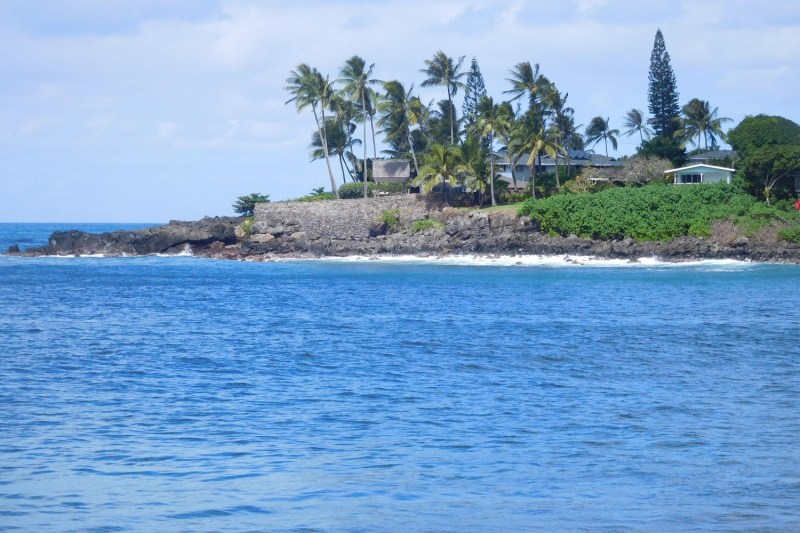
When you think of Hawaii, chances are you think of something like the picture above — beautiful beaches, blue water, and palm trees. If you think of Hawaiian food, you’re probably thinking of the legendary Kona coffee, seafood, coconuts, or the local delicacy, poi (we are not talking about Spam).
Chances are you didn’t think of fried chicken, but you should have. Hawaiian fried chicken is like no other, from fragrant garlic chicken to sweet mochiko chicken, Hawaii is a fantastic place for fried poultry. At first glance, many of these dishes resemble Japanese fried chicken (karaage) as both styles feature bite-sized pieces of dark meat chicken, often marinated in soy and ginger. However, Hawaiian fried chicken is unique, a creation of the island’s rich blend of cultures and cuisines.
Hawaiian fried chicken recipes
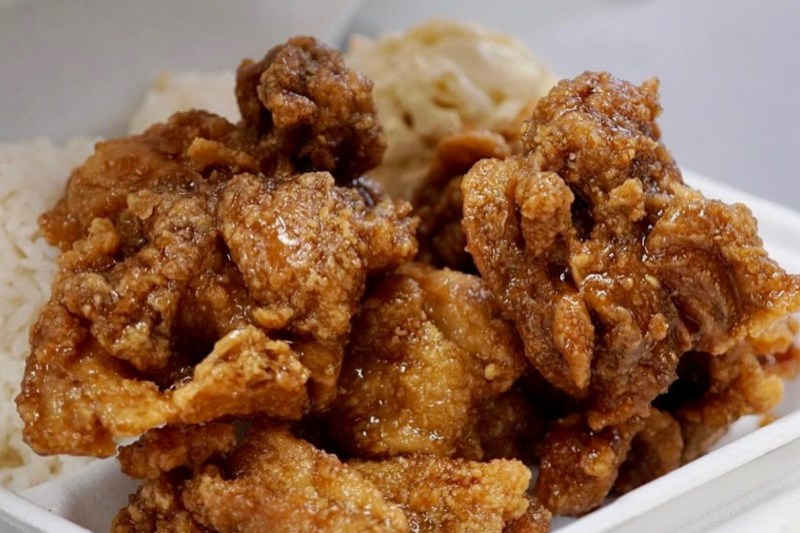
Certified Master Chef Sean Andrade is a private chef from Maui, Hawaii, who specializes in Hawaiian fusion cuisine. He has cooked for Fortune 500 executives, celebrities, and sports figures.
Hawaiian mochiko fried chicken
(By Chef Sean Andrade of AWG Private Chefs)
Ingredients
- 3 pounds organic/free-range boneless skinless chicken thighs
- 1 cup glutinous rice flour (mochiko flour)
- 4 tablespoons cornstarch
- 1 tablespoon onion powder
- 1 3/4 tablespoons Hawaiian sea salt
- 1/2 cup granulated white sugar
- 1 1/2 tablespoons cayenne pepper
- 1 cup Aloha Gold shoyu (soy sauce)
- 2 tablespoons minced garlic
- 1 teaspoon Chinese 5 spice
- 5 extra large eggs
- 1 teaspoon white pepper
- Ground oil or shortening for frying
Method
- In a large, non-reactive bowl, combine the flour, cornstarch, shoyu, onion powder, salt, pepper, sugar, cayenne, garlic, 5 spice, and eggs. Whisk until completely combined.
- Cut the chicken into 2-inch cubes or leave it whole. Add the chicken to the bowl and cover with plastic wrap. Refrigerate overnight, or for a minimum of 5 hours.
- Heat oil to 325 degrees Fahrenheit. Fry the chicken for 3-6 minutes, or until it reaches 165 degrees Fahrenheit with an instant-read thermometer. Fry in small batches to prevent the oil from dropping the temperature too fast.
- Hold the chicken on a sheet tray on a wire rack in the oven at 170 degrees Fahrenheit until ready to be served. Serve with two scoops of macaroni salad and a scoop of white rice, and say aloha!
Hawaiian fried chicken (bone-in)
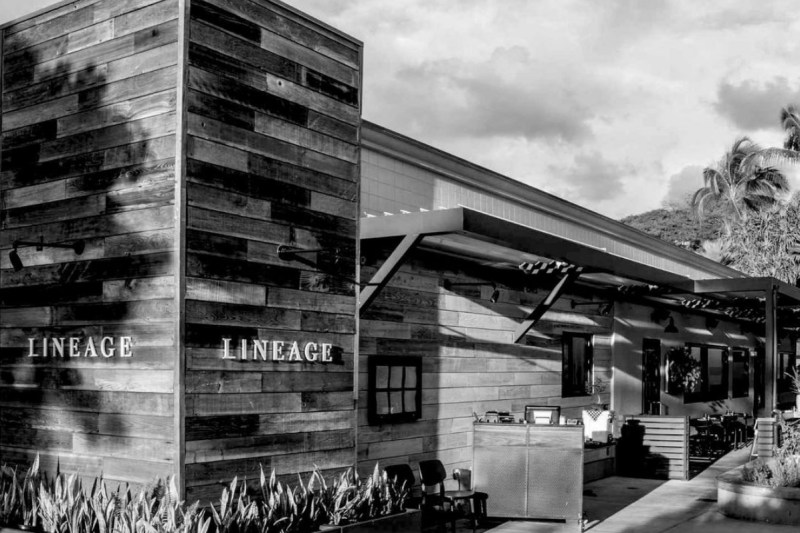
Chef MiJin Kang Toride was previously the executive chef of Lineage. She has also cooked at Terra in St. Helena (where she was mentored by Chef Hiro Sone), Morimoto in Napa, Ame at the San Francisco St. Regis, and Ka’ana Kitchen in Maui. Her food combines the flavors of her grandmother’s kitchen, and she creates dishes that focus on Chinese and Korean-inspired cuisine.
(By Chef MiJin Toride formerly of LINEAGE Restaurant in Wailea, Hawaii)
Ingredients
- 1 whole chicken, broken down into breasts, thighs, and drumsticks (3 1/2-4 pounds)
- 2 tablespoons minced garlic
- 2 tablespoons soy sauce
- 1 tablespoon sugar
- 1/2 cup tapioca starch
- 1/2 cup cornstarch
- 1 cup all-purpose flour
- 1 teaspoon salt
- 1 teaspoon garlic powder
- 1 teaspoon smoked paprika
- 2 tablespoons water
- Oil (amount depends on the vessel used to fry)
Method
- Add chicken, garlic, soy, sugar in a bowl and marinate for at least 3 hours and up to 12 hours.
- While the chicken is marinating, put together dry ingredients without water in a bowl and mix thoroughly. Once flour and spices are mixed, add 2 tablespoons of water and create small clumps within dredge.
- When the chicken is ready, heat the oil to 350 degrees Fahrenheit. While the oil is heating, take each piece of chicken and coat it with dredge and move to a sheet pan to prepare for frying.
- Once the oil is ready, gently put the chicken pieces into the fryer and fry for 15 minutes or until the internal temperature is 165 degrees Fahrenheit.
- Let rest for 4-5 minutes, and fry one more time for that extra crispiness! Serve while hot with your choice of sides and enjoy.
Easy Hawaiian-style fried chicken
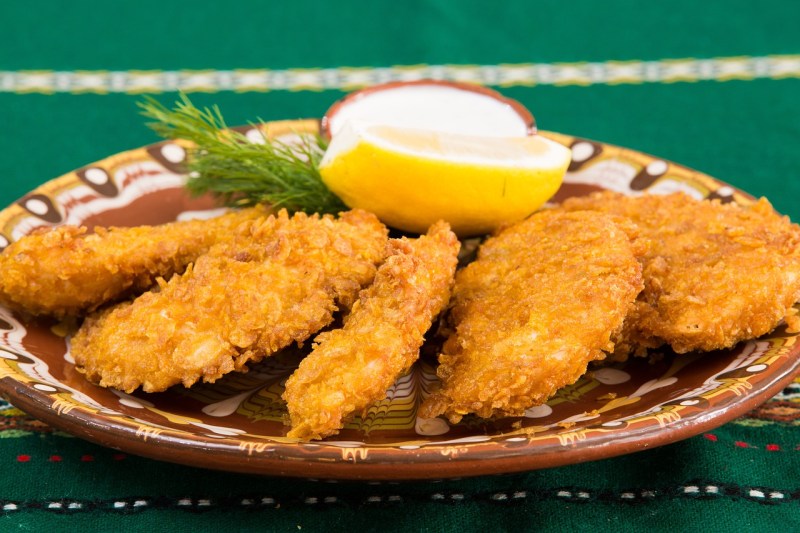
While traditional Hawaiian fried chicken is served on the bone, sometimes that can be hard (and messy) to eat. We’ve found a recipe that brings the flavor of Hawaiian fried chicken to the plate but in a boneless version.
(Recipe from food.com)
Ingredients
- 4 pounds boneless chicken thighs cut into 1-by-3-inch pieces
- 1/4 cup flour
- 1/2 cup cornstarch
- 3 tablespoons sugar
- 1/3 cup soy sauce
- 1 tablespoon sesame seeds
- 1 1/2 teaspoons of salt (use the salt to taste or you may end up using less or eliminating it altogether)
- 2 eggs
Method
- Combine all ingredients besides the chicken in a large bowl.
- Add the chicken to the mixture and stir.
- Cover the bowl, and marinate in the refrigerator for 4-6 hours or overnight.
- Just before cooking, remix the contents of the bowl since some separation may have occurred.
- Deep fry in the oil of your choice.
- Drain and serve.
The seasoning
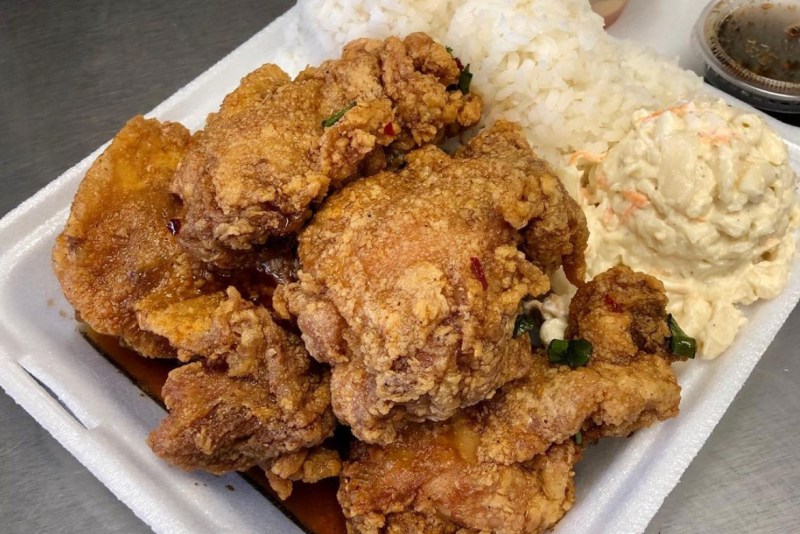
The majority of Hawaiian fried chicken recipes feature Asian flavor profiles. Hawaii’s food culture is an intoxicating blend of Japanese, Chinese, Filipino, American, and native island cuisine.
The Japanese influence in Hawaiian cuisine is particularly strong. Since the 19th century, Japanese people have been immigrating to Hawaii as agricultural workers. Today, about 14% of Hawaii has Japanese ancestry. This Japanese influence can be seen in many Hawaiian dishes, ranging from the soy seasoning of poke to Hawaiian-style teriyaki and bentos.
One of the best examples of Japanese culinary influence is mochiko chicken, which resembles Japanese karaage. However, there are several key differences. The biggest element is the use of mochiko flour in the batter. Mochiko flour is made from glutinous rice (sticky rice) and is the same ingredient used to make sweet mochi balls. The use of mochiko flour along with sugar in the batter and marinade gives mochiko chicken a distinctive sweet flavor that’s very different from karaage.
Accompaniments
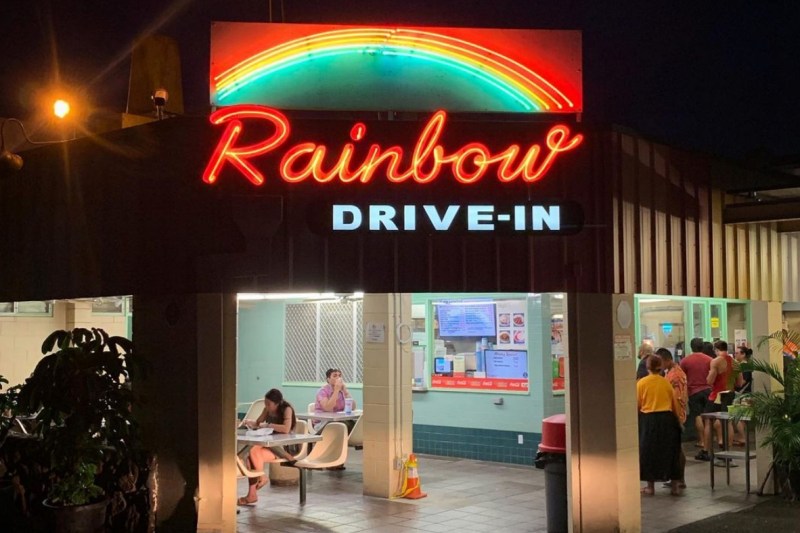
The most common way to eat Hawaiian fried chicken is in a “plate lunch.” This style originated in the lunch culture of Hawaiian pineapple and sugar plantation workers. Originally, most of these workers brought their own lunch. Because most of these workers were Asian immigrants, their food primarily consisted of rice and other Asian dishes. Eventually, a series of enterprising food businesses, called lunch wagons, grew to feed this community. These businesses served food on paper plates, leading to the term “plate lunch.”
The food that appears on a plate lunch can be very diverse. Because of the various Asian heritages in Hawaii, anything from mochiko chicken, Filipino pork adobo, Japanese katsu, Chinese barbecue, and hamburger patties drenched in gravy can be found on a plate lunch. However, the staple of every plate lunch is white rice and a rich mayonnaise-laden macaroni salad. Most of the time, these carbs will be ladled with an ice cream scoop (typically, two scoops of rice and one scoop of macaroni salad).



